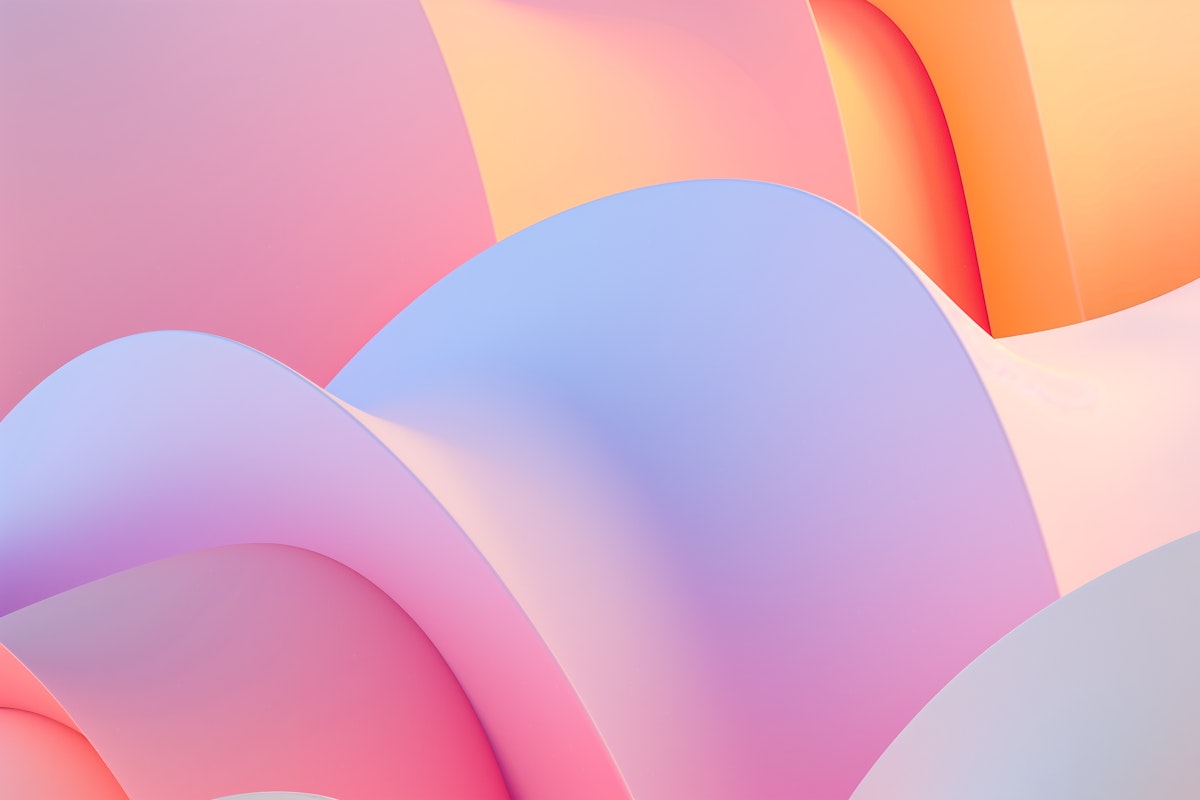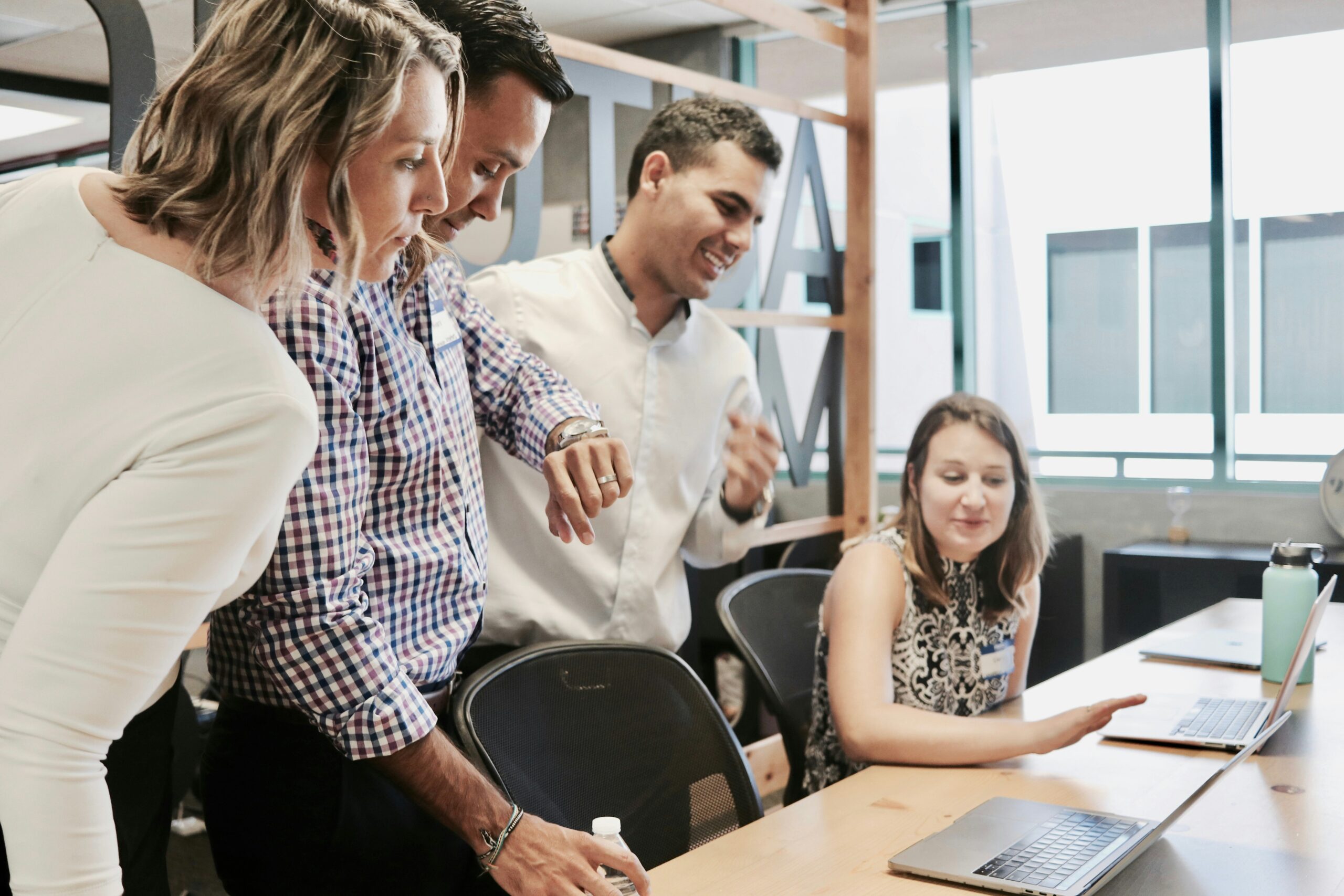share article
Experience design is the process of creating memorable moments for users at every touchpoint. It is a holistic approach that focuses on the entire user journey, from the first interaction with a product or service to the final experience.
Where Do You Start?
The goal of experience design is to create a positive emotional connection between the user and the brand, which can lead to increased loyalty, engagement, and advocacy.
By prioritizing user satisfaction, experience design leads to increased customer loyalty, engagement, and advocacy. It can differentiate a brand from its competitors, drive business growth, and ultimately contribute to long-term success.
01.
Crafting Memorable Moments
Every touchpoint requires a deep understanding of the user’s needs, wants, and expectations. It involves a combination of research, design, and testing to create a seamless experience that meets the user’s needs and exceeds their expectations.
02.
Identify Touchpoints
The first step in experience design is to identify the touchpoints where the user interacts with the brand. This can include everything from the website and mobile app to customer service and packaging. Once these touchpoints have been identified, designers can begin to map out the user journey and identify pain points or areas for improvement.
03.
Conduct User Research
The next step is to conduct research to gain a deeper understanding of the user’s needs, preferences, and behaviors. This can include user surveys, interviews, and observation studies. By understanding the user’s needs and preferences, designers can create a more personalized experience that meets their expectations.
04.
Craft the User Experience
Once the research has been completed, designers can begin to craft the user experience. This involves creating a visual and interactive design that is both functional and aesthetically pleasing. The design should be consistent across all touchpoints to create a seamless and cohesive experience for the user.
05.
User Testing
Testing is a critical part of the experience design process. It allows designers to identify any issues or areas for improvement before the product or service is launched. Testing can be done through user testing, usability testing, or A/B testing.
Tools to Get You Started
Experience design is a critical component of creating a successful product or service. By focusing on the entire user journey and crafting memorable moments at every touchpoint, designers can create a positive emotional connection between the user and the brand. This can lead to increased loyalty, engagement, and advocacy, and ultimately, a more successful business.





